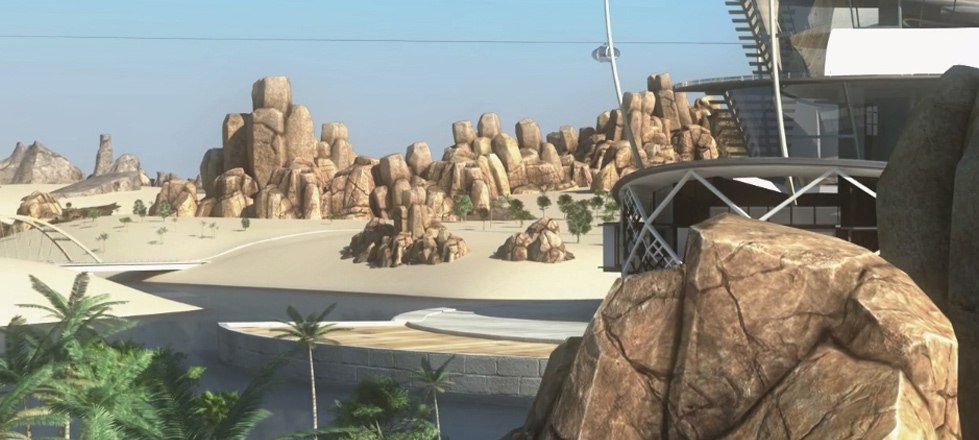If you’re on the lookout for a new television set, 3D is what the sales person will recommend for you. When you go to movie theatres to watch an animated flick with the kids, the experience will be visually richer if you will catch the 3D version of the film.
There is also 3D technology present in printing, advertising, computer games, architecture, biotech, automotive – almost all areas of industry can make use of it. If this is something that you would like to incorporate in the video of your website or use for business presentations in general, it pays to learn about the basics of 3D animation.
Here, we will learn a bit about how 3D animation is made, and how you can look for a company to create 3D images from scratch if it is something that you would like to have made for your business.
A Glimpse at How 3D Animation is Made
First, let us learn about the basic definition of 3D animation. In its simplest form, 3D animation is the process of creating three-dimensional moving images in a digital environment. 3D models within a 3D software are carefully manipulated to make them look like real moving objects.
Just like traditional animation, the goal of 3D animation is to make it appear on screen as if the images are actually moving when in fact, they are simply a series of consecutive images which are shown on a very fast sequence.
The same principle is used in 2D or stop animation. The only difference between 2D and 3D animation is that in 2D, images are hand-drawn while the pictures are computer-generated in 3D.
Now, there are there general phases involved in the making of 3D animation:
Modelling
Modelling is the first phase in 3D animation where 3D objects are created within a scene.
Layout & Animation
In the layout and animation phase, the 3D objects are positioned in such a way that it will appear as if movement is actually occurring on screen. This is where every object and character gets animated by the 3D animators.
Rendering
Similar to video, rendering in 3D animation is what completes the process, depicting the final output of the process.
Depending on the animation studio that you will get in touch with to have 3D animation created for you, the artists will be using a variety of software for the task.
There are pretty affordable 3D software available for those who are still studying the subject. On the other hand, big movie studios like Pixar and Disney use the latest that technology has to offer in order to create the most visually stunning 3D animation.
As compared to 2D, 3D animation is more expensive, time-consuming and tedious. It’s the extra depth perspective of 3D animation which requires artists to do almost double the work done on traditional 2D animation. The best way to compare the two is by looking at a two-dimensional painting and a three-dimensional sculpture.
Although paintings allow you to see the whole picture, sculptures allow you to touch and feel what the depth of the actual object is like.
Aside from the three main phases involved in 3D animation, there are individual steps followed by a 3d team including:
- Conceptualizing and creating the storyboard.
- Making the 3d models.
- Texturing, rigging and animation.
- Lighting and setting up the cameras.
- Rendering.
- Compositing and applying special effects.
- Music, foley and editing.
- The final output.
Yes, we produce 3D animations too!
Here at Kasra Design, one of the many services that we offer is 3D animation. Since the year 2010, our skilled and talented staff has made it a point to updates themselves with what animation technology has to offer, thus our slew of experts in the field of 3D animation. Here is a quick list of the 3D animation services that we offer:
- Architectural 3D Visualizations
- 3D Animation
- 3D Character Animation
- 3D Graphics
- 3D Models
- 3D Product Visualizations
- Website 3D Animated Intros


